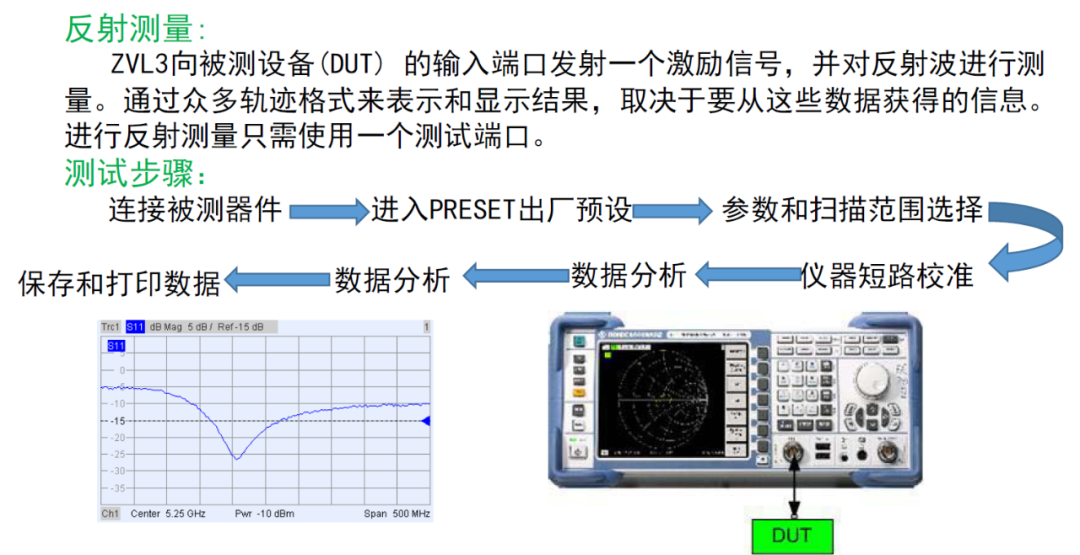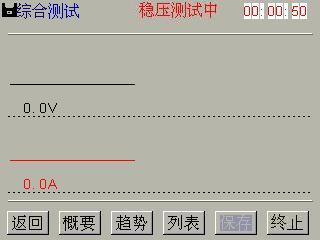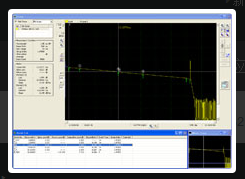摘要:,,本文介绍了射线检测仪的操作步骤与专业数据解析定义。通过实践说明,操作射线检测仪需遵循严格的安全规范,包括设备启动、校准、样品放置、检测操作及数据分析等步骤。专业数据解析涉及对检测结果的准确解读,包括射线强度、能量分布等数据的分析处理。实践说明中强调了正确操作的重要性及安全注意事项,以确保检测结果的准确性和操作人员的安全。
Abstract:
In this article, we will delve into the operational procedures of a ray detection device, as well as the definitions and explanations of professional data. The aim is to provide a comprehensive understanding of this technology, without delving into gambling or criminal-related content.
Introduction:
Ray detection technology has numerous applications in various industries, including security, medical imaging, and materials testing. Understanding the operational procedures of a ray detection device is crucial for effective utilization. This article will guide readers through the steps of operating a ray detection device and provide detailed explanations of professional data.
Operational Procedures of Ray Detection Device:
Step 1: Preparation
Before operating the ray detection device, ensure that it is properly powered on and connected to any necessary peripherals. Additionally, prepare the workspace by clearing any objects that may interfere with the detection process.
Step 2: Calibration
Calibrate the ray detection device according to the manufacturer's instructions. This step ensures accurate detection and minimizes false positives.
Step 3: Setting Up the Detection Area
Set up the detection area by positioning the ray detection device in an appropriate location. Ensure that the device covers the area where objects or materials to be inspected are located.
Step 4: Initiating the Detection Process
Initiate the detection process by activating the ray detection device. Depending on the type of device, this may involve pressing a button or selecting a specific option on a software interface.
Step 5: Monitoring and Interpretation
Monitor the ray detection device's output and interpret the data accordingly. Look for any anomalies or deviations that may indicate the presence of objects or materials that require further inspection.
Step 6: Post-detection Activities
After completing the detection process, shut down the ray detection device properly and store it in a safe place. Additionally, analyze the collected data and document any findings for further analysis or reporting.
Professional Data Explanation and Definition:
1、Ray Detection Technology:
Ray detection technology utilizes radiation emitted from a source to detect objects or materials. This technology is commonly used in security screening, medical imaging, and industrial applications.
2、Detection Sensitivity:
Detection sensitivity refers to the ability of a ray detection device to detect objects or materials at various distances or thicknesses. Higher sensitivity levels indicate greater detection capabilities.
3、Resolution:
Resolution refers to the clarity of the images generated by a ray detection device. Higher resolution images provide more detailed information about the objects being inspected.
4、False Positives and False Negatives:
False positives and false negatives are common in ray detection. A false positive occurs when the device detects an object that is not present, while a false negative occurs when an object is present but not detected. Calibration helps minimize these errors.
5、Radiation Dosage:
Ray detection devices emit radiation, which may have an impact on operators or personnel in the vicinity. It is crucial to understand the radiation dosage emitted by the device and follow safety guidelines to minimize exposure.
6、Data Interpretation:
Data interpretation is a crucial step in ray detection. Understanding the patterns and anomalies in the collected data helps identify objects or materials that require further inspection or analysis.
Conclusion:
Ray detection technology plays a vital role in various industries, including security, medical imaging, and materials testing. Understanding the operational procedures of a ray detection device and the definitions of professional data are essential for effective utilization of this technology. Following the steps outlined in this article will help readers gain a comprehensive understanding of ray detection devices and their applications.




 鲁ICP备18003477号-1
鲁ICP备18003477号-1 鲁ICP备18003477号-1
鲁ICP备18003477号-1
还没有评论,来说两句吧...